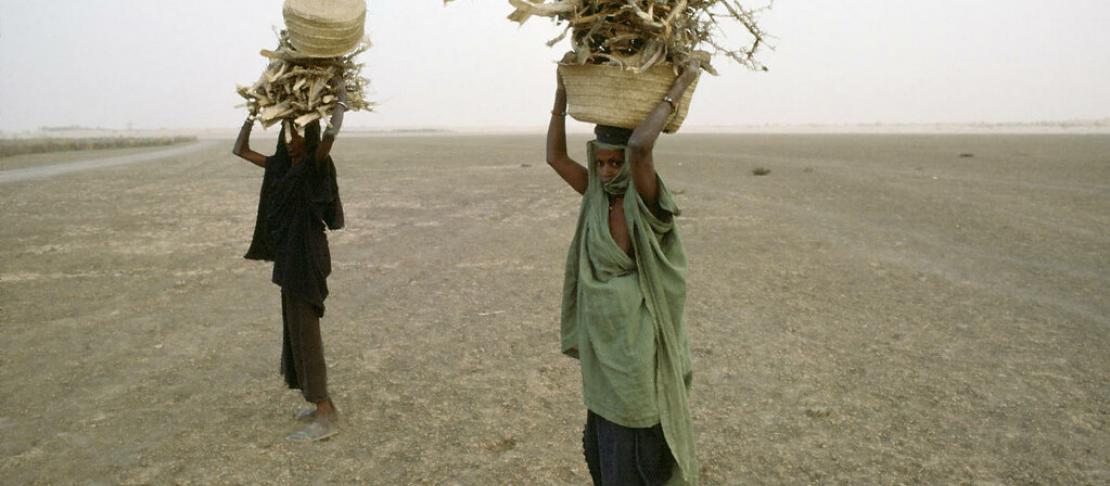Agroforestry reducing farmer vulnerability to climate change in Kenya

by Paul Stapleton
Improving developing country farmers‘ income is one of the most effective ways to reduce their vulnerability to climate change. This is one of the conclusions that Henry Neufeldt, climate change scientist at the World Agroforestry Centre in Nairobi, and Tannis Thorlakson, a graduate student at Harvard reported to the Planet under Pressure meeting participants in the Poster-session "Reducing Subsistence Farmers' Vulnerability to Climate Change".
Subsistence farmers are among the most vulnerable to climate variability. Agroforestry, or the intentional use of trees in the cropping system, is a potential strategy to help farmers reduce their vulnerability. Working with farmers in Kenya, Thorlakson and Neufeldt found that agroforestry provided benefits by allowing them to earn extra money. Initially they may lose some income as they plant the trees, but the positive effects come later. Agroforestry also clearly reduced the time they spent on collecting fuel wood or the need to purchase it.
“We found that households in western Kenya are not currently coping with climate-related hazards in a sustainable way,” said Neufeldt. Farmers are aware of this, and believe that the most effective way to adapt to climate-related shocks is through improving their general standard of living.
“We evaluated agroforestry as one possible means of improving farmers’ well-being,” he continued. “ By comparing farmers engaged in an agroforestry project with a control group of neighbouring farmers, we found that involvement in agroforestry improves household’s general standard of living via improvements in farm productivity, off-farm incomes, wealth and the environmental conditions of their farm.”
Farmers in Lower Nyando said that agroforestry provided benefits by allowing them to earn extra money. Agroforestry also clearly reduced the time they spent on collecting fuel wood or the need to purchase it.
The work suggested some clear and constructive ways to move forward. Pairing agriculture and agroforestry training would reduce the time between investment in improved management and returns. The loss in income establishing agroforestry is often too high for smallholders to tolerate.
Improving market accessibility would enhance income-generating opportunities provided by agroforestry, and farmer education and visits would increase adoption of agroforestry techniques. Farmers perceive profound management changes as risky and other farmers‘ success is the best way to overcome their concerns.
Involving farmers in the project-planning process would ensure that development efforts target what is most relevant and effective in local communities. “We concluded that agroforestry techniques can be used as an effective part of a broader development strategy to help subsistence-level farmers reduce their vulnerability to climate-related hazards.”
Read the policy brief Making climate-smart agriculture work for the poor (PDF) for more details.
Written by Paul Stapleton, Head of Communications at the World Agroforestry Centre. Follow the coverage of the Planet Under Pressure conference all week on our blog as well as Twitter @cgiarclimate and Facebook. You can also see the full list of CGIAR events and stories from the conference.